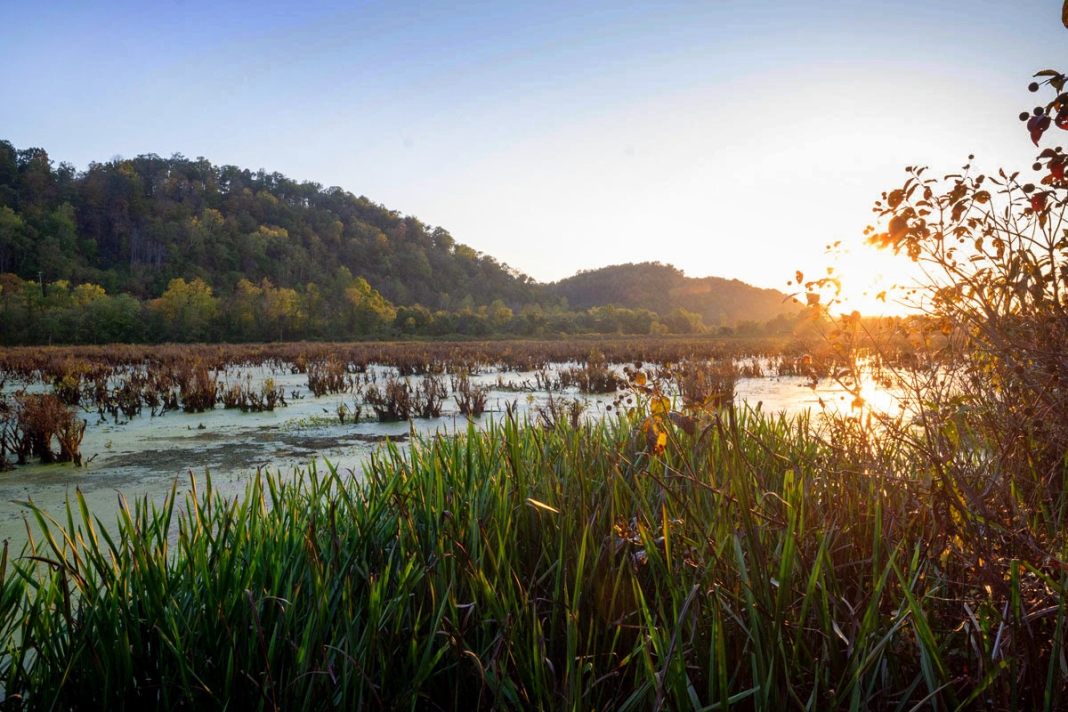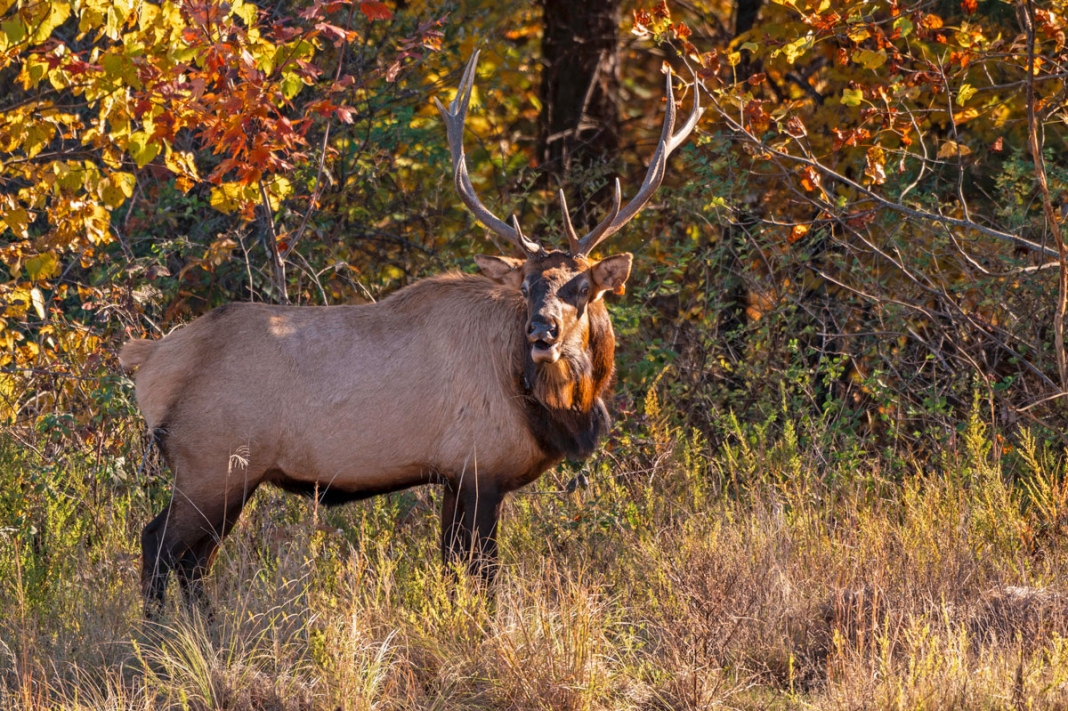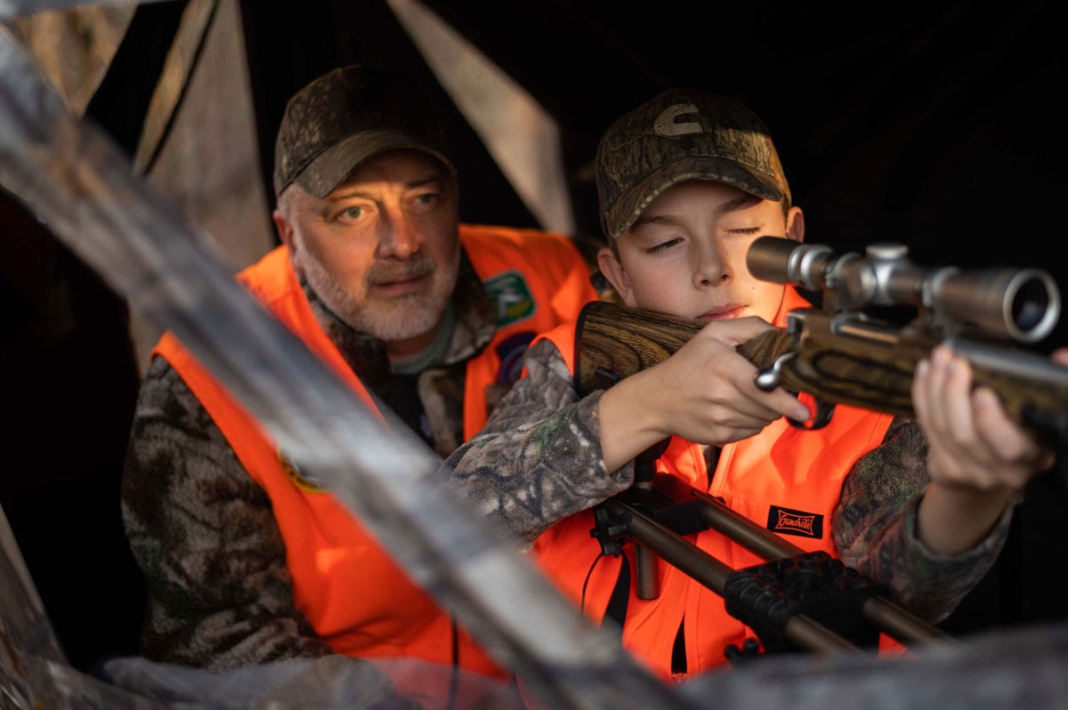CHARLESTON, W.Va. — West Virginia has set new season dates and new regulations for the 2025-2026 migratory game bird hunting seasons, which open Sept. 1, in accordance with the U.S. Fish and Wildlife Service’s annual guidelines.
Brett McMillion, director of the W.Va. Division of Natural Resources, said the adjustments provide hunters several advantages when it comes to hunting waterfowl in the Mountain State.
“From expanded youth participation to increased bag limits, updates to this year’s migratory game bird regulations give hunters more flexibility in the field and more opportunities to get out and enjoy West Virginia’s waterfowl hunting,” McMillion said.
The youth waterfowl season now includes everyone under the age of 18, he said. Concurrent waterfowl and deer gun season limitations have also been modified. An interim strategy adopted by the wildlife service increases the northern pintail bag limit to three and the possession limit to nine. Duck segment dates have also been adjusted.
Seasons for mourning dove, sora and Virginia rail, Wilson’s snipe and Canada goose will open on Sept. 1. Additional season dates are listed in the West Virginia Migratory Bird Hunting Regulations Summary, available to download at WVDNR.gov/hunting-regulations.
Hunters are reminded to report harvested banded birds online at reportband.gov and to purchase a federal Migratory Bird Hunting and Conservation Stamp, commonly known as a duck stamp. Stamps are now available for purchase online at duckstamp.com/e-stamp.
Federal regulations also require all licensed migratory bird hunters, including lifetime license holders and senior citizens, to register with the Migratory Bird Harvest Information Program (HIP) and carry proof of registration while hunting. Migratory Bird Harvest cards are free and available at authorized license agents and online at WVHunt.com.
Migratory game birds in West Virginia are an important part of the state’s natural heritage and outdoor traditions. Species such as mourning doves, wood ducks, Canada geese, and various species of waterfowl travel through or reside in the Mountain State during seasonal migrations.
These birds follow long-established flyways, particularly the Atlantic Flyway, which stretches from Canada down through the eastern United States into the Caribbean and South America. The state’s mix of wetlands, rivers, agricultural lands, and forested areas provides crucial resting and feeding habitats for these birds as they move between breeding and wintering grounds.
Hunting migratory game birds has deep cultural and economic significance in West Virginia. Regulated seasons for doves, ducks, and geese provide opportunities for sportsmen while ensuring that bird populations remain sustainable.
The U.S. Fish and Wildlife Service and the W.Va. Division of Natural Resources collaborate on setting harvest limits, monitoring populations, and conserving habitats.
Beyond hunting, migratory bird activity also contributes to birdwatching and ecotourism, as many people are drawn to wetlands and wildlife management areas to observe seasonal flocks and the changing diversity of species throughout the year.
Conservation efforts are central to maintaining healthy migratory bird populations in West Virginia. Wetland restoration, agricultural partnerships, and wildlife refuge management all help ensure that birds have adequate food and shelter during their journeys.
Programs like the North American Waterfowl Management Plan emphasize cooperation across states and countries, recognizing that these birds cross many borders during migration.
By balancing recreational use with conservation, West Virginia continues to play a vital role in supporting the life cycles of migratory game birds while preserving an important tradition for future generations.
Sign up to receive a FREE copy of West Virginia Explorer Magazine in your email weekly. Sign me up!


